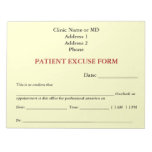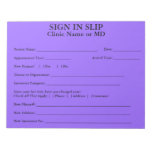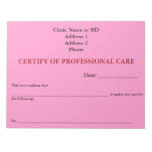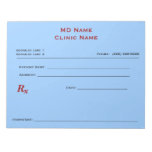With the year coming to a close, it’s time to start planning for 2014. And perhaps the most important step in the planning process is creating a viable practice budget.
A well thought out budget serves as a year-long guide to increasing profits. Yet, some practices don’t budget at all, while others do and simply don’t follow it.
But it shouldn’t be that way. By following through with these steps, you’ll be able to easily create a budget that can lead to greater profitability in 2014.
Review 2013
There’s a reason people say history is the best predictor of the future. Your performance during the past year is the key to preparing your practice budget for 2014. So when assessing your performance from 2013, try taking these factors into consideration:
Patient base – Is it trending upward or downward? The former indicates a future increase in revenue. The latter signals you may need to cut back on expenses in the coming year.
Payers – Which payers are producing the most revenue? If a particular payer has a lower reimbursement rate, maybe you should let that contract expire and focus on the payers that increase income.
Marketing – Are your efforts paying off? Pour additional funding into tactics that are producing, and stop financing those that aren’t.
First-pass Resolution Rate – MGMA has shown that better performing practices average just a 4% claims denial rate. If you’re claims are getting denied at a higher rate than that, perhaps it’s time to put money into additional coders or outsource your billing altogether.
Plan for Changes
If you’ve kept up with the latest healthcare news, it shouldn’t be a surprise many changes are coming in 2014 that’ll impact your budget.
Here are the most pertinent:
ICD-10 – The coding change coming on October 1 will almost certainly lead to a temporary increase in coding errors, which in turn will cause more denials. Expect to see a decrease in revenue coming in, as well as increased expenditures while trying to correct billing mistakes.
Meaningful Use Stage 2 – Stage 2 kicks in on January 1. If your EHR is certified and you’re dedicated to meeting CMS’ objectives, project some extra funds coming into your bank account. Use CMS’ calculator to help predict your payout for the year.
Community Changes – Local changes are just as important as federal regulations. Are new houses being built in your area? Is the region experiencing an economic slump? Factors like these can have an impact on your patient base.
Where Can You Cut Costs?
Budgeting is about looking for opportunities that’ll help achieve financial viability.
Here are two areas to look into:
Technology – Health information technology like EHRs and practice management systems are saving physicians money. They reduce claim denials, speed up clinical encounters and generate revenue more quickly.
Supply vendors – Budgeting periods are the time to research different supply vendors to determine if a switch will save your practice money in the coming year.
Make Adjustments
Once you have a practice budget set, don’t forget to make adjustments along the way. Unforeseen circumstances, like natural disasters for instance, can end up throwing everything off. But instead of tossing out the entire budget, alter the plans and proceed from there. It’ll keep you from ending up in the red at the end of the year.
The budget process shouldn’t be cumbersome. A simple budget, based on the most important financial impactors, will make it easier for you to see results.








No comments:
Post a Comment